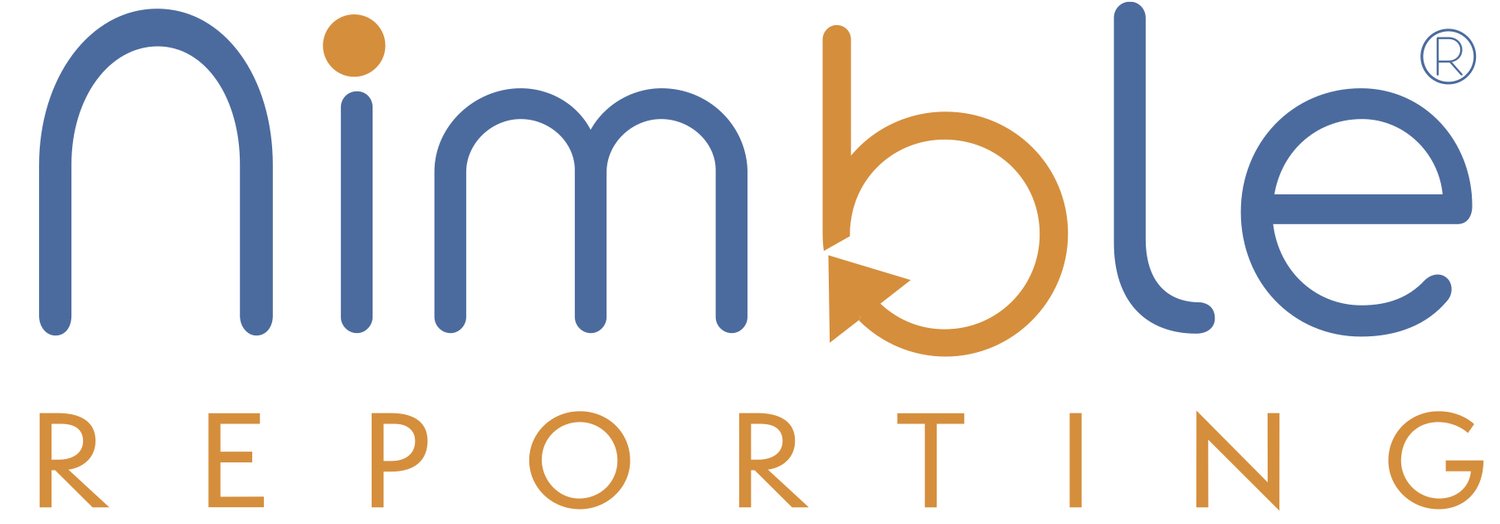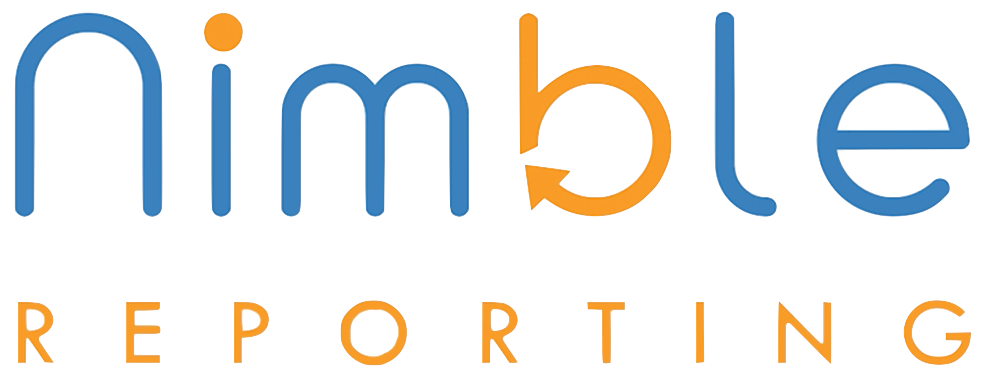Navigating Payroll Garnishment Rules: A Guide For US Employers
Wow, what a dicey subject. No matter how much you follow the rules, there’s always bad feelings. So… you might as well follow the rules, and know them pristinely so you can patiently and comprehensively explain them to your people. Typically you are just the messenger and enforcer, not the reason why.
Managing wage garnishments is a big responsibility for employers, but the process can sometimes be complicated. Learn how to streamline the process compliantly.
Key takeaways
An employer withholds wage garnishments from an employee’s pay to settle different debts and make compulsory payments, such as child support.
Employers must navigate different laws and regulations to meet the support order requirements, depending on the type of garnishment and state laws.
There are several best practices to streamline wage garnishment, such as leveraging technology to automate the process and staying updated with compliance requirements.
Wage garnishments, such as child support and tax levies, are court-ordered deductions from an employee’s paycheck to repay a debt or meet a legal obligation. US employers must consider wage garnishments to comply with the law and manage payroll processes accurately, but the varied legal requirements from one state to another can be confusing.
The specific requirements for wage garnishments impact both employees and employers, yet there is a sensitivity around the deduction as employers may feel stressed or embarrassed. Even so, it’s important to understand the diverse legal requirements for wage garnishments across jurisdictions to ensure compliance and avoid potential legal issues.
By highlighting employer responsibilities, potential pitfalls, and best practices for payroll and wage garnishments, this guide helps US employers easily navigate payroll garnishment.
Disclaimer: This content is for informational purposes only and does not constitute legal or tax advice.
Understanding wage garnishments
Wage garnishment is a type of debt collection method whereby the court issues payroll garnishments, instructing an employer to withhold a specific amount of money from an employee’s paycheck. The deducted amount is sent directly to the organization or person who is owed money, and the process is continued until the debt is fully paid.
There are different types of wage garnishments, and each type of garnishment has specifications, such as different maximum limits. Common wage garnishments include the following:
Child support
Tax levy for unpaid taxes (IRS or state)
Student loan
Administrative garnishments for non-tax debts owed to the federal government
Consumer debt (such as credit card debt)
Spousal support (alimony)
Unpaid judgments (such as lawsuits)
Government debt (such as overdue fines or penalties)
Bankruptcy (court-ordered)
Unpaid childcare expenses
Unpaid medical bills
Each of these garnishments serves a purpose, going toward unpaid child support or alimony, outstanding debts, defaulted loans, and unresolved consumer debts. Courts issue wage garnishments to fulfill a legal purpose, acting as a mechanism to ensure individuals meet their financial obligations through regular deductions from their paychecks.
Hiring employees in the US demands an updated understanding of wage garnishment laws, limits, and requirements—especially when hiring across multiple states where these details may differ.
Exemption amounts, types of debts, priority of garnishments, and garnishment notice requirements are all details that may differ from one state to another. Employers should also be aware of administrative procedures and the statute of limitations, as these details impact compliance with federal and state regulations.
Employer responsibilities
US employers are responsible for ensuring that wage garnishments are properly withheld and paid on time as required by the law. Any delay or failure in doing so may result in penalties and legal actions against the employer. Here’s a closer look at their responsibilities.
Legal obligations
First, employers must review the order to ensure it is valid and complies with all legal requirements. The employer must notify the employee of the garnishment amount and any rights to contest the garnishment.
Once confirmed, employers must calculate and withhold the appropriate amount from the employee’s wages and make timely payments to the appropriate entity. With multiple garnishments, employers must prioritize and allocate funds according to federal and state laws.
Employers must protect employee exemptions throughout the process, such as exemptions for low-income earners, and maintain accurate records of all garnishment orders (and payments made). Employers are also responsible for confidentiality, ensuring that the garnishment details are only shared with team members who need to know, such as the payroll team.
Calculating garnished wages
Employers must understand the percentages allowed for various debts and comply with the allocated wage garnishment limits.
While these details may vary, Title III of the Consumer Credit Protection Act (CCPA) stipulates the following details for ordinary garnishments, indicating the maximum amount of money deducted from each pay period.
Garnishment is limited to 25% of an employee’s disposable earnings.
OR
The amount by which an employee’s weekly disposable income exceeds 30 times the federal minimum wage.
Note that certain bankruptcy court orders, debts due for federal taxes and state taxes, or voluntary wage assignments don’t apply to the above calculation.
Disposable earnings refer to the amount remaining after the employer has withheld all payroll deductions required by law, such as payroll taxes, Social Security and Medicare taxes.
In addition, some debts, such as child support payments or alimony, may result in higher garnishment percentages in some instances. For example, employers may garnish up to 50% of disposable earnings for child support or alimony. It is the employer’s responsibility to understand the specific requirements while also protecting low-income earners.
Calculating wage garnishments requires expert knowledge of the following process:
Responding to the relevant court or government agency about specific wage garnishment regulations
Understanding and applying the specific rules for each wage garnishment
Following state laws and applicable regulations to make accurate and timely withholdings.
Processing multiple garnishments in order of priority
Minimizing administrative errors that put the employer and employee at risk of non-compliance
Addressing employee questions and concerns with transparent and easy communication.
Potential pitfalls to avoid
Processing wage garnishments can be a complicated and delicate process. The following common mistakes often occur, leading to non-compliance and the repercussions.
Failing to review garnishment orders
Employers begin garnishing wages as soon as they receive the order and continue until the issuing court or agency tells them otherwise. Overlooking or misinterpreting important details in garnishment orders can lead to errors in calculations and compliance.
Delayed employee notice
Communication is important in the wage garnishment process, yet many employers fail to notify employees about garnishments in a timely manner. Neglecting to notify employees about garnishments or not providing clear information about the process can lead to confusion and employee dissatisfaction.
Incorrect deduction calculations
Wage garnishments require specialized attention from a payroll team member who is updated on rules and regulations. Without expert knowledge, there’s a higher risk of errors when calculating the withholding amount, leading to under- or over-withholding.
Ignoring exemptions
Exemptions exist to protect the financial stability and basic needs of those facing financial hardships. Failing to consider exemptions for low-income earners or other legally protected income can lead to excessive garnishments that put employees in a financially difficult position.
Missing deadlines
Timelines are crucial when processing wage garnishments. Employers who do not submit withheld funds to the appropriate agency within the timeframe can face legal consequences and additional penalties.
Non-compliance with garnishment laws can lead to legal penalties, fines, and potential employee lawsuits. There is also the risk of reputational damage and even sanctions imposed by regulatory authorities.
Best practices for employers
Employers are vital in ensuring accurate and lawful withholding of wage garnishments. The following best practices lay a solid foundation to avoid legal complications, protect the employee’s rights, and maintain a smooth payroll process.
Establishing effective processes for handling garnishments
Drafting clear policies and procedures for handling garnishments promotes efficiency, compliance, and fairness throughout the process. A well-defined procedure ensures that wage garnishment orders are promptly reviewed, accurately calculated, and consistently applied.
The following details should be included in a wage garnishment procedure:
Garnishment order review to verify the validity and accuracy of each order
Employee notification about the wage garnishment and any applicable rights
Clear and consistent method for calculating the amount and withholding based on state and federal laws
Timely remittance to the appropriate creditor or agency
Thorough record-keeping of all related documentation
A standardized process helps avoid errors, meets legal obligations, and protects employees.
Training HR and payroll teams on compliance
Navigating wage garnishments can be complicated due to the intricate legal requirements involved in the process. Errors can lead to legal liability and financial struggles, so HR and payroll teams should be fully acquainted with requirements and obligations.
Providing comprehensive training empowers HR and payroll staff with the knowledge and skills to understand the intricacies of garnishment laws. Training should include accurately calculating deductions, ensuring timely and lawful processing of garnishment orders, and staying updated with changing regulations.
A well-informed and compliant workforce will help your company mitigate risks, protect employees, and uphold the employer’s reputation for ethical and responsible business practices.
Utilizing technology for efficient wage garnishment management
Leveraging technology saves employers time and resources while meeting legal obligations and maintaining a seamless payroll operation.
For example, working with human resource information system (HRIS) tools helps streamline the wage garnishment process and enhance compliance efforts. Modern payroll and HRIS software solutions help automate the calculations and withholding of garnishments, ensuring accuracy and reducing the risk of human error.
Payroll systems also generate reports, track garnishment orders, and provide reminders for critical deadlines. These features improve efficiency and reduce the time burden on HR and payroll time. Another way that technology contributes to efficient wage garnishment management is through the secure storage of documents, streamlining the record-keeping and compliance process.
Impact on the employer-employee relationship
Dealing with wage garnishments will have an impact on the employer-employee relationship. The impact can be positive or negative depending on how the team handles the process.
For example, wage garnishments can strain the employer-employee relationship due to financial stress and privacy concerns. On the other hand, handling wage garnishments with sensitivity and adhering to compliance alleviates this stress and makes the process easier to navigate.
Consider the following tips when moving forward with wage garnishment.
Communicate transparently with affected employees to build trust, alleviate concerns, and demonstrate empathy
Understand the employee’s local wage garnishment laws and rights to show that you respect and support the employee’s legal protections and financial stability
Maintain confidentiality while complying with legal requirements to respect the employee’s privacy and minimize potential embarrassment or stigma associated with financial challenges


